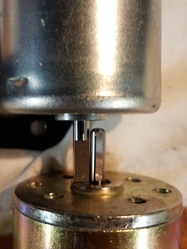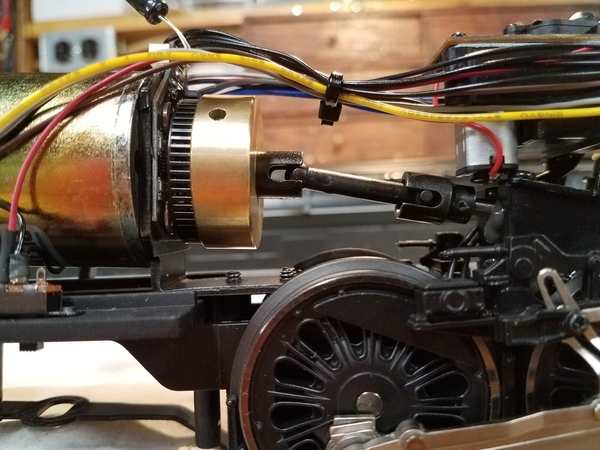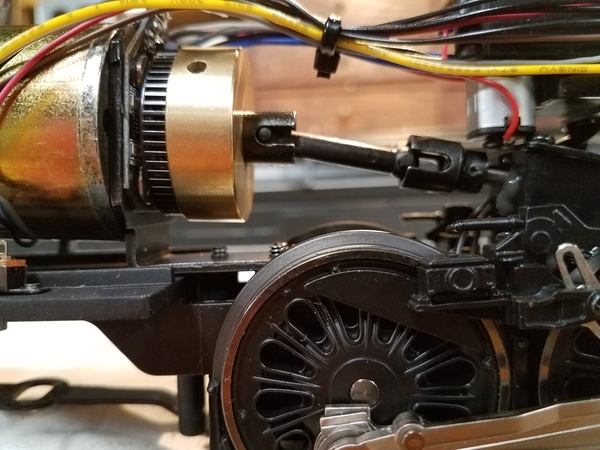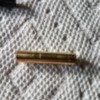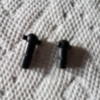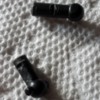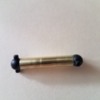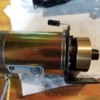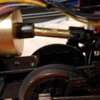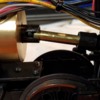This probably does not apply to Lionel conversions, but I have found, after maybe 40 Pittman installations, that the 8000-series motors are entirely adequate, spin faster, fit better, and suit my models. They need to be rare earth motors, with anything but a 1 in that third digit - that is 94x4 or 82x4, where x can be 2 or 3, but never 1.
I mount my motors in a cradle, using a chunk of rubber to insulate for sound, and aircraft .032 safety wire to hold them in place. The cradle can be a piece of PVC pipe, although I use brass bar rail.
The critical thing is the connection between motor and gearbox. I use Toyota #0 hose exclusively, and for my locomotives I use a very long worm shaft with the hose connection close to the motor, for torque wrap-up considerations.
The other critical thing is to have the motor shaft and the worm shaft as co-axial as possible. Any angle at the connection sucks power away from the objective (moving a train).
I have done this on MTH and K-Line, retaining the flywheel, but normally my locomotives are simpler than that.
Use the 9000-series with care - for instance, I put one in my Williams "J" and it could hardly get out of its own way. Great for switch locomotives, but not so much mainline steam. You can order the 7 1/2 volt versions to get the RPMs up a bit.




